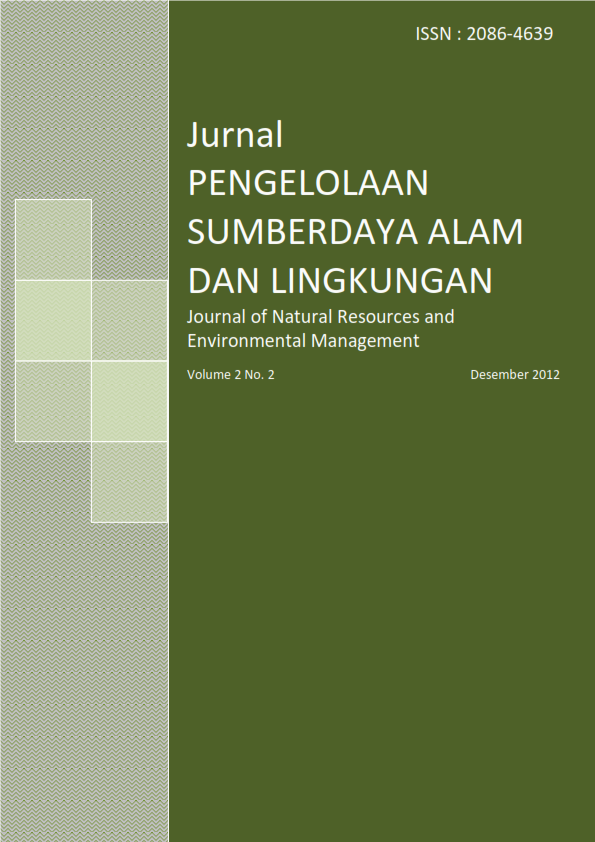Abstract
This study aims to design and build water resource conservation model with emphasis on technical, socio-economical,and ecological aspects involving extensive changes in land use, population growth, continuity of operation of the hydropower of Asahan and some other aspects of the catchment. Illustration of the water balance was made under the influence of land use and other economic activities. Modelling of water balance was constructed by the method of dynamic modeling systems using Powersim software. The water availability was analyzed using FJ.Mock method with variables derived from the analysis of the ecological condition of the catchment area of Lake Toba. The simulations ofwater balance and water level was performed for the condition without intervention variables and with intervention variables. The intervention variables was performed in pessimistic, moderat and optimistic scenario to provide an overview of conservation policy. The simulation of the water balance and lake water level indicate that either in the year of 2017-2057, the best scenario is between moderate and optimistic scenarios in the condition of the population growth between 0.8% - 1.0% per year, infiltration coefficient values between 0.40 to 0.45, the value of land cover factor between 0.25 to 0.3, while the flow ofwater released into the Asahan River of 91.69 m3/sec in average.
Keywords: FJ. Mock, water balance, land cover factor value, Lake TobaAuthors
Authors who publish with this journal agree to the following terms:
- Authors retain copyright and grant the journal right of first publication with the work simultaneously licensed under a Creative Commons Attribution License that allows others to share the work with an acknowledgement of the work's authorship and initial publication in this journal.
- Authors are able to enter into separate, additional contractual arrangements for the non-exclusive distribution of the journal's published version of the work (e.g., post it to an institutional repository or publish it in a book), with an acknowledgement of its initial publication in this journal.
- Authors are permitted and encouraged to post their work online (e.g., in institutional repositories or on their website) prior to and during the submission process, as it can lead to productive exchanges, as well as earlier and greater citation of published work (See The Effect of Open Access).






